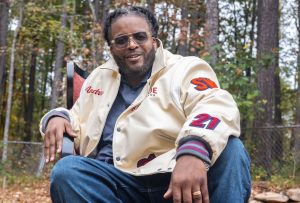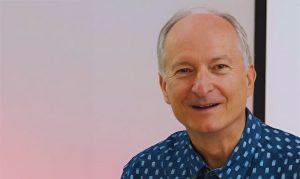For weeks there has been a weight I have felt regarding our school systems and a fear of what I see taking place in our community.
With the pending decision regarding school closures and our $15-20 million deficit, I don’t think our county has ever faced such a drastic financial and social challenge as this one.
Groups of citizens are threatening and pleading for their schools, which they presume are on the “chopping block.”
Subdivisions are fighting to protect their district borders and keep out others.
Teachers, parapros, and administrators have a sense of foreboding, not knowing if they will have a job in the fall, or how their paychecks may be impacted.
And everyone is looking to the school board to make decisions that will land in their favor.
If there was ever a time in the history of our county to cry out to God for wisdom, for guidance, for direction, for help, it’s now!
Ironically, however, due to threatened litigation by Americans United for Separation of Church and State (AUSCS), the school board is no longer able to publicly and collectively pray.
Instead, we now have “a moment of silence.”
Some applaud this as a great compromise for our diverse society, because, they say, people can silently pray to the God as they see fit, or not pray at all, but this has always been the case.
I could not more strenuously disagree with such a viewpoint. In theory it sounds like an idea that promotes tolerance and diversity. However, in effect, it further regulates faith to being irrelevant in our society and culture, a clear intolerance towards people of faith.
It is one thing to try to mandate prayer where there is none, it is quite another to deliberately remove it as a standing tradition.
Just think, when prayer was removed from schools, the presumption was that authority figures should not exert their religious influence on children, particularly if they were not of the same faith.
However, in the case of school board meetings, the setting is primarily for adults, but the AUSCS uses the often misapplied argument of “separation of church and state,” inferring that students might attend the board meeting and be unduly influenced.
This argument is misapplied for at least two reasons. First, if one were to read our U.S. Constitution, he/she will find that “separation of church and state” is not found in it. In fact, the First Amendment was written to protect citizens’ religious freedoms from the encroaching dictates of the state (and not the other way around).
Second, if this is now the standard for where one can pray out loud, then virtually any public forum, or place, is now off limits, since the possibility also exists that students could be present.
When expressions of faith, such as prayer, are no longer deemed appropriate in public forums, then they soon become regulated to obscurity.
Moreover, underlying this entire argument against prayer in public is the notion that government, society, and religious beliefs can exist without overlap.
But they do overlap! Our nation was not founded on the concept of a pluralistic people living in secular, irreligious society. It was founded by people desiring religious freedom and established on Judeo-Christian values and traditions, which recognizes the rights and freedoms of all people.
To hold true to the meaning of our nation’s founding, to enable us to be both a free and diverse citizenry, is what American heroes like Abraham Lincoln, Fredrick Douglas, Dr. King, and a litany of our American heroes fought for.
So, of all the things in jeopardy for our school system in 2013, the thing I fear most is having a school board that lacks the will to fight for public prayer.
Because, at the end of the day, we will resolve our budget deficit, but how we go through the process, how we deal with the aftermath of the results, and how we engage and relate to one another as a collective community requires more than a mere “moment of silence.”
[Bonnie B. Willis is co-founder of The Willis Group, LLC, a Learning, Development, and Life Coaching company here in Fayette County and lives in Fayetteville along with her husband and their five children.]












Leave a Comment
You must be logged in to post a comment.